10 construction manager tips for successful project execution
Contents |
[edit] General Introduction
Construction project execution is one of the most time-consuming processes. It can stretch from a few months to years, depending upon factors such as the size of the construction project, the size of the project team, technologies used and the quality of work. However, successful completion of the construction project is highly depend upon the construction management and the construction manager on site.
Successful completion means that the project manager completes the project within the budget and the specified timelines with optimum use of the resources.
[edit] Project execution
Project execution is defined as the act of executing the activities to successfully complete the project. It is the third phase of the project after project initiation and project planning and is followed by project monitoring and project closure. The main aim of project execution is to complete the building construction project within the stipulated time, and budget and with the quality and specifications set out in the construction project management plan.
Typically being the longest phase in the construction lifecycle, the project execution phase is the most vital phase.. The building construction is highly influenced by a few factors such as –
- The time taken by the workers to complete an activity.
- The quality of work offered by the workers and team.
- The size of the project.
- Resources deployed on the construction site.
The construction manager mainly focuses on three points during project execution:
- Effective communication among stakeholders.
- Following the planned process.
- Resource management.
[edit] Top 10 tips for successful project execution
- Effective communication: Communicate effectively and clearly with the team members. Communication is the key to successful construction project execution and effective communication eliminates flaws during construction.
- Hire experienced team players : Hire the perfect crew for the project. Team members and employees play a vital role in the effective and successful execution of the project. They should be well qualified and knowledgeable.
- Resource management : Keep all the resources in the required quantity to avoid delays during the execution.
- Project assessment before execution : Evaluate the project plan and make necessary changes before the commencement of actual construction work on site. It saves time, money, effort and other resources such as building materials.
- Milestones to track progress: Define the milestones of the construction project. Milestones represent the completion of a particular set of activities.
- Time management to minimise delays: Time management is the key to successful project execution. Identify the critical path for your project for an optimised schedule and timely completion of the project.
- Construction documentation: Maintain proper documentation for the construction project. All the documents at each stage of the project should be preserved for future reference.
- Meeting the stakeholders regularly : Have meetings regularly with construction stakeholders for an update regarding progress.
- Innovative technologies for construction: Implement new and advanced technologies for better execution of the project.
- Hire a construction management firm : AEC professionals can hire a construction management firm to manage the project from start to finish.
[edit] Benefits of implementing construction management strategies for project execution
Construction management and its strategies can benefit the AEC projects in several ways:
- Reduced cost.
- Optimised schedule.
- Safety on construction sites for workers.
- Better planning of the project.
- Elimination of delays.
- Resource management and elimination of wastage.
- Better risk management.
[edit] Conclusion
Construction project management (PM) differs from traditional project management in that it necessitates and incorporates substantial knowledge of the construction industry, a field with its own set of issues. It necessitates careful planning and scheduling in order to ensure the job is completed on time. Document all stages of your project, keep all stakeholders informed and encourage strong team collaboration. Construction managers, through their construction management skills, can facilitate hassle-free execution of the construction activities from start to finish. Adoption and implementation of the right technologies can also help the successful execution and completion.
[edit] Related articles on Designing Buildings
- Analytic Hierarchy Process AHP.
- Avoiding construction delays.
- Business administration.
- Change control procedures.
- Client design advisor.
- Code of practice for project management.
- Code of practice for programme management.
- Commercial management.
- Commercial manager.
- Construction project.
- Construction project manager - morning tasks.
- Contingency theory.
- David Trench - A career in projects.
- Design management.
- Design reviews.
- Dynamic conditions for project success.
- Five steps towards a successful construction project.
- Game theory.
- General foreman.
- Government Skills and Curriculum Unit GSCU.
- Independent client advisor.
- Interview with Paloma Hermoso, Senior Project Manager CIOB MAPM, Baker Ruff Hannon.
- Interview with Stephen Trench - Project manager.
- Lead consultant.
- Lead designer.
- Milestones.
- Monte Carlo simulation.
- Pareto analysis.
- Preliminary business case.
- Project execution plan.
- Projectisation.
- Project manager's report.
- Project monitoring.
- Project sponsor.
- Risk management.
- Strategic brief.
- User panels.
Featured articles and news
Retired firefighter cycles world to raise Grenfell funds
Leaving on 14 June 2025 Stephen will raise money for youth and schools through the Grenfell Foundation.
Key points for construction at a glance with industry reactions.
Functionality, visibility and sustainability
The simpler approach to specification.
Architects, architecture, buildings, and inspiration in film
The close ties between makers and the movies, with our long list of suggested viewing.
SELECT three-point plan for action issued to MSPs
Call for Scottish regulation, green skills and recognition of electrotechnical industry as part of a manifesto for Scottish Parliamentary elections.
UCEM becomes the University of the Built Environment
Major milestone in its 106-year history, follows recent merger with London School of Architecture (LSE).
Professional practical experience for Architects in training
The long process to transform the nature of education and professional practical experience in the Architecture profession following recent reports.
A people-first approach to retrofit
Moving away from the destructive paradigm of fabric-first.
International Electrician Day, 10 June 2025
Celebrating the role of electrical engineers from André-Marie Amperè, today and for the future.
New guide for clients launched at Houses of Parliament
'There has never been a more important time for clients to step up and ...ask the right questions'
The impact of recycled slate tiles
Innovation across the decades.
EPC changes for existing buildings
Changes and their context as the new RdSAP methodology comes into use from 15 June.
Skills England publishes Sector skills needs assessments
Priority areas relating to the built environment highlighted and described in brief.
BSRIA HVAC Market Watch - May 2025 Edition
Heat Pump Market Outlook: Policy, Performance & Refrigerant Trends for 2025–2028.
Committing to EDI in construction with CIOB
Built Environment professional bodies deepen commitment to EDI with two new signatories: CIAT and CICES.
Government Grenfell progress report at a glance
Line by line recomendation overview, with links to more details.
An engaging and lively review of his professional life.
Sustainable heating for listed buildings
A problem that needs to be approached intelligently.
50th Golden anniversary ECA Edmundson apprentice award
Deadline for entries has been extended to Friday 27 June, so don't miss out!
CIAT at the London Festival of Architecture
Designing for Everyone: Breaking Barriers in Inclusive Architecture.
Mixed reactions to apprenticeship and skills reform 2025
A 'welcome shift' for some and a 'backwards step' for others.













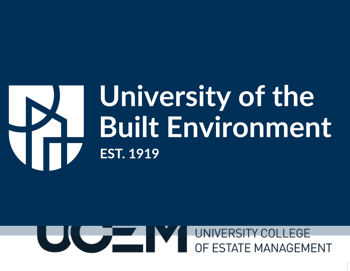
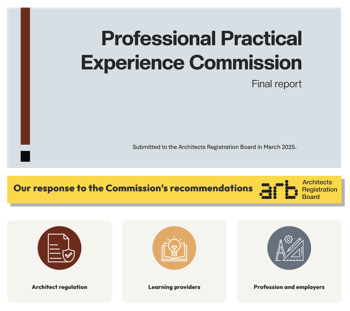



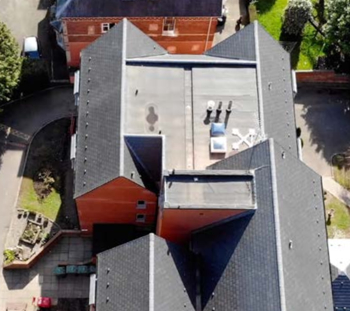
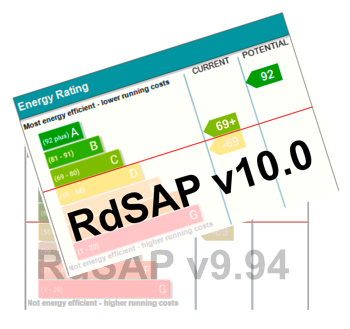

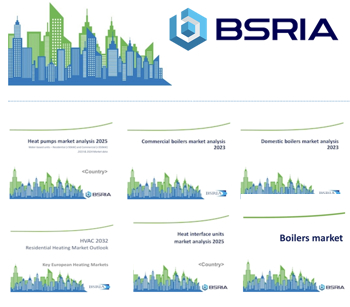

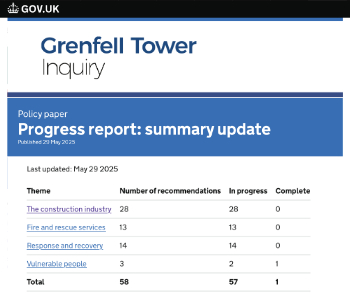




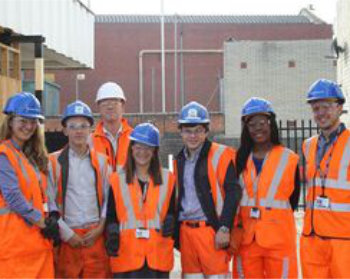
Comments
This is an informative blog.